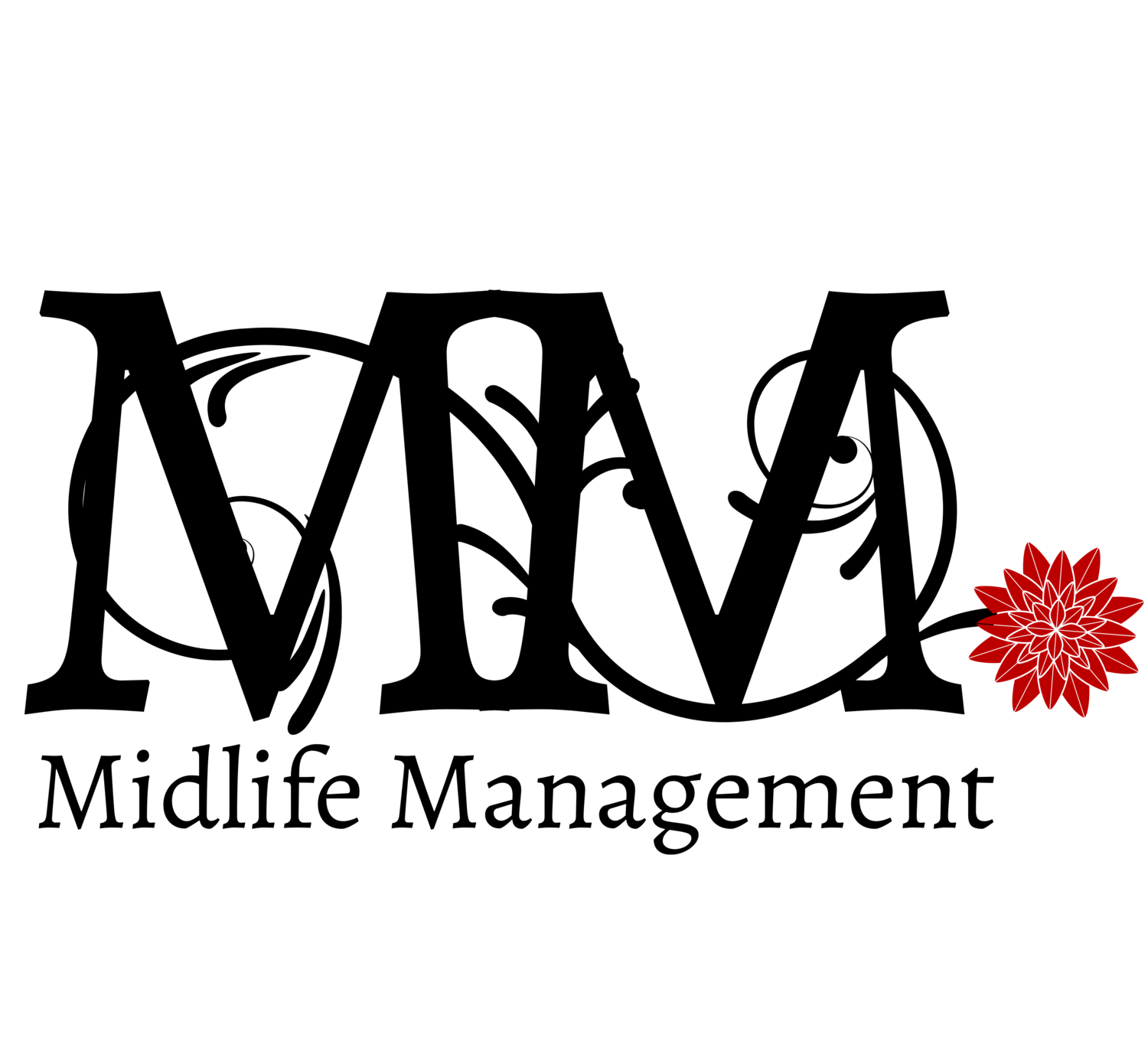Migraines & Hormones
The rather depressing research around migraines and hormones states that:
Migraine is three times more common in women than men.
Pure Menstrual Migraine (occurring within a 5 day window of 2 days prior to onset of menstruation and the third day of menstruation) affects 7-12% of women of reproductive age.
Menstrually Related Migraines (occurring pre-menstrually and at other times of the month) are estimated to affect 50-70% of women of reproductive age.
Midlife may bring an increase in the number of headaches days per month.
High oestrogen states are a trigger for migraine aura.
Yet there is a scarcity of studies focusing on migraine during perimenopause…
So, what do we think we know?
The oestrogen withdrawal theory suggests that the sudden fall in oestrogen immediately before menstruation, and the fluctuations in oestrogen during perimenopause, increase susceptibility to migraines.
In women genetically predisposed to migraine, it may be that there is a more rapid rate of oestrogen decline creating a vulnerability which makes it more likely that exposure to common triggers (stress, disrupted sleep, food etc.) will result in a migraine.
So, the rapid rate of oestrogen’s decline may weaken the camel’s back, allowing exposure to a common trigger such as an inflammatory food or stress to break it.
What can we do to strengthen the camel’s back and inhibit the menstrual migraine? Focus on:
- blood sugar stability,
- carefully identifying and avoiding personal trigger foods,
- aligning your coffee consumption with the research,
- following an anti-inflammatory diet,
- identifying and addressing any nutrient deficiencies.
Iron deficiency anaemia has been significantly associated with menstrual migraine. Therefore, it is a good idea to get a full iron panel (including serum iron, not just ferritin) done, to see whether that may be a contributory factor in your migraines. Ask your GP or contact me and I can help to arrange that for you.
One further thought
If you’ve read my article on hormones and histamine, you’ll know that oestrogen (including oestrogen from HRT) stimulates histamine release and downregulates the operation of the histamine-clearing DAO enzyme. The presence of greater amounts of histamine then drives the production of even more oestrogen which stimulates more histamine release. On it goes in a vicious cycle. Symptoms of histamine overload include severe headaches or migraines.
If we put this together with the theory suggesting migraines may also be triggered by drops in oestrogen, I can see that in some cases there may be a strong argument for taking steps to stabilise the quantity of oestrogen by managing your histamine load.
If you’d like to read more about the relationship between hormones and histamine:
If you’d like help navigating the sheer volume of potential triggers for migraine to work out which apply to you, book a free Zoom call here:
Sources:
Ornello, R. et. al. (2021) “Acute and preventive management of migraine during menstruation and menopause”, Journal of Clinical Medicine, 10, 2263.
Pavlović, J.M. (2020) “The impact of midlife on migraine in women: summary of current views”, BioMed Central, 6:11.
Vuković-Cvetković, V. et. al. (2010) “Is iron deficiency anemia related to menstrual migraine? Post hoc analysis of an observational study evaluating clinical characteristics of patients with menstrual migraine”, Acta Clinica Croatica, 49(4), pp. 389-394.
